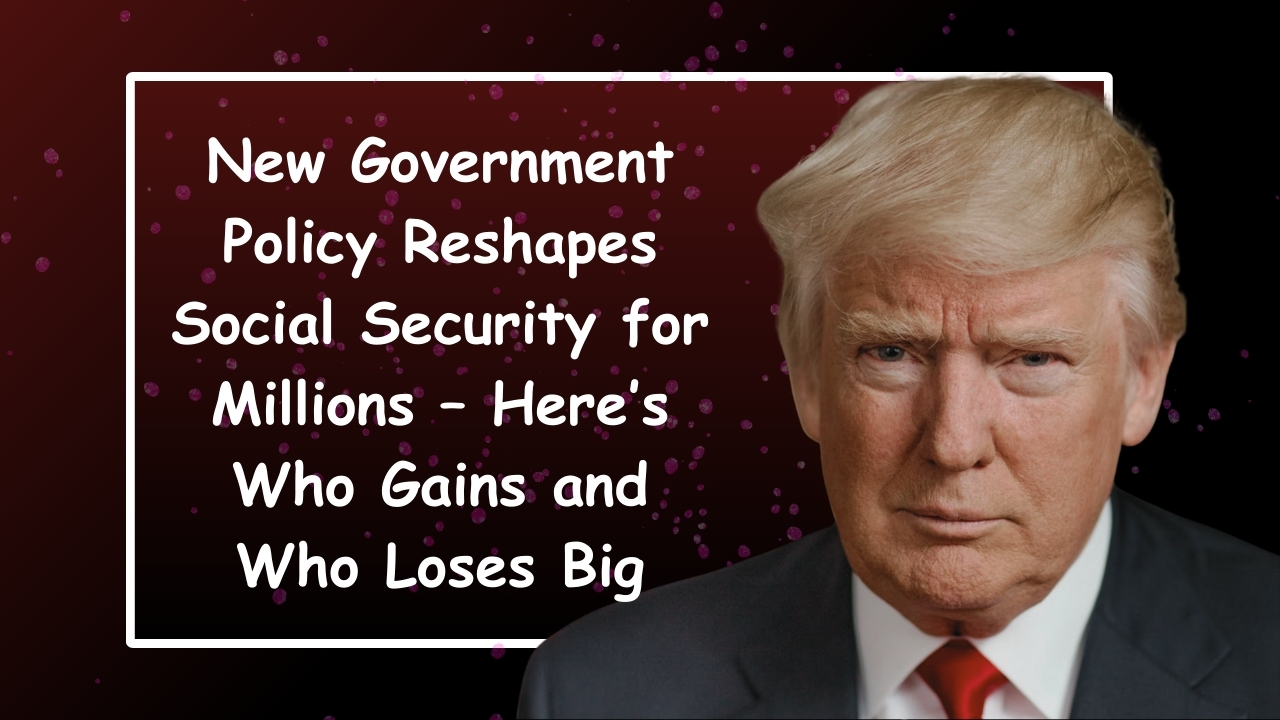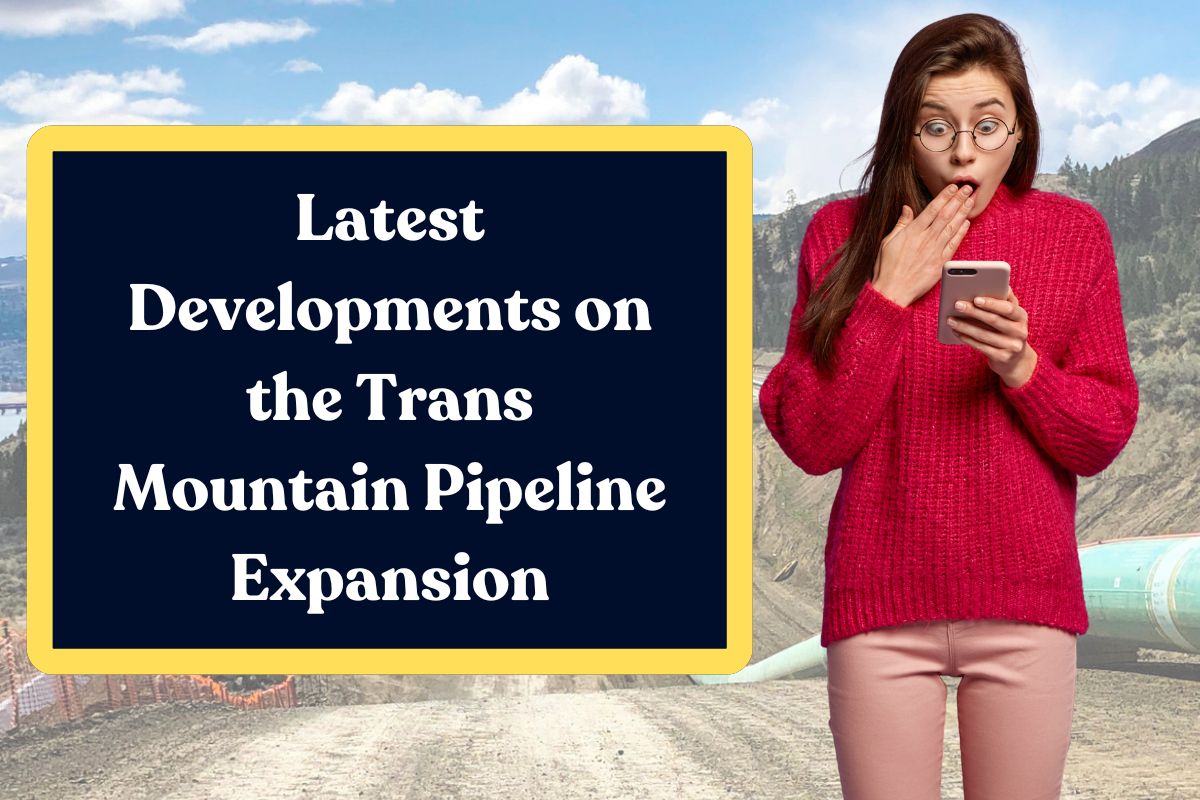The Singaporean government has announced major updates to its Singapore PWCS 2025-26 plan. This move aims to strengthen support for low-wage workers and ensure financial support. This support is a part of the government’s standing strategy to enhance wage growth and social equity. This policy forms the foundation of the country’s broader minimum wage scheme.

These updates have been made to ensure that the individual with low-income scale enjoy greater economic mobility and financial security. Here is everything you need to know about the updates to the Singapore Minimum Wage Update 2025-26 and how to maximize the benefits from this program.
PWCS Payout Increase Confirmed for 2025-26
The enhanced PWCS will offer higher government co-funding for an increase in wages, enhanced eligibility, and stronger incentives for employers to boost their salaries. The changes in Singapore PWCS 2025-26 introduced in the national budget showcase a shift toward more inclusive and sustainable wage practices. This changes support employers by reducing financial burden through enhancing wage growth and rewarding them.

The employers in sectors such as food services, retail, and logistics, where low-income workers are working efficiently, will receive benefits. The reforms in the minimum wage scheme signify priorities of filling the gaps in income while maintaining economic competitiveness.
Overview of Singapore Minimum Wage Update 2025-26
| Article on | PWCS Payout Increase Confirmed for 2025-26: Key Changes for Employers & Workers |
| Country | Singapore |
| Department | Inland Revenue Authority of Singapore (IRAS) |
| Program | Singapore Minimum Wage (PWCS Payout) |
| Beneficiary | As per the eligibility |
| Category | Government aid |
| Official website | iras.gov.sg |
Key Updates to the Singapore PWCS 2025-26
The recent updates in the Singapore PWCS 2025-26 bring a series of impactful enhancements that significantly aim at helping institutions and companies to pay better wages to the workers who were earning less than $2800 or around it every month. These updates are funded by stronger financial support and compliance incentives. The key updates include:

- In 2025, to increase wages, the government will co-fund up to 50%.
- Enhanced the minimum wage levels to include workers’ earnings up to $2800.
- Offering coverage to all the eligible workers hired before 31 December 2024.
- Raised support for companies to better comply with the minimum wage scheme.
Companies are advised to plan salary adjustments early to be eligible for the co-funding windows. The minimum wage scheme is structured to significantly reduce funding over time and encourage companies toward self-sustaining wage practices by 2027.

How does the Co-Funding Work?
The Progressive Wage Credit Scheme (PWCS) worked on a tiered model where increases in wages are partially funded by the Singapore government. Here is the table reflecting the reforms in the co-funding rates:
| Wage Increases (monthly) | Co-Funding in 2025 | Co-Funding in 2026 |
| Up to $100 | 50% | 40% |
| $101 to $200 | 45% | 35% |
| Above $200 | 40% | 30% |
This structure allows companies to plan salary raises in a manageable and predictable manner and also ensures maximizing the benefits of the updated PWCS 2025-26 scheme.

This scheme not only helps in reducing the financial strain but also aligns with the government’s broader national strategy to build a fairer society. It includes a tiered system that assists different levels of wage growth, offering flexibility to companies of various sizes and capacities.
Impact on Low-Income Workers and Industries
The increase in the minimum wage scheme under the PWCS plays an important role in the life of workers earning low wages who often face difficulties in accessing essential services, saving, and achieving financial stability. This scheme targets those workers who are really in need of this support, including cleaners, field service employees, security employees, and security personnel.
Here are some key benefits offered to workers under Singapore PWCS 2025-26:
- It offers long-term financial stability.
- A real raise in take-home pay.
- Offering assistance through Workfare and CPF contributions.
- Recognition of job value and dignity.
Companies with a higher number of low-income workers must plan their salary adjustments according to the reforms. Those employers who fail to raise wages could risk falling behind competitors who benefit from enhanced employee morale a,d retention.
Employer Compliance and Opportunities
Those employers who are looking to take advantage of the Singapore PWCS 2025-26 have to fulfill the basic requirements, including proper maintenance of wage records, timely submission of records to the Inland Revenue Authority of Singapore (IRAS), and offering increased wages to the qualifying staff members under the Singapore PWCS 2025-26 scheme.
The company should consider the following points to ensure smooth implementation:
- Make proper alignment of HR policies with PWCS eligibility.
- Proper management and planning of wage adjustments ahead of fiscal deadlines.
- Enhance the education of supervisors on the value of fairness in wages.
- Use the better wage funding to enhance staff benefits.
Employers that apply these practices in reality not only meet the policy standards but also gain a motivated workforce that is stronger than the previous one.
Final Thoughts
The Singapore PWCS 2025-26 reflects a significant move toward fairer wages and a more comprehensive economy. The minimum wage scheme with expanded co-funding, broader coverage, and proper eligibility guidelines helps in encouraging employers to do more for their staff who were paid lower wages while maintaining financial sustainability.
The enhancements send a straightforward message that no workers should be left behind. As Singapore prepares for a more equitable economic future, it will offer benefits to both business and employees from this approved wage framework. It is not just offering financial assistance but also sharing a greater vision of dignity and fairness for all.
Frequently Asked Questions
Who is eligible for PWCS?
Employers qualify for resident employees (citizens/PRs) receiving CPF contributions for at least three months, with an average gross monthly wage increase of at least $100 and a post-increase average monthly wage of $4,000 or less.
What is the Progressive Wage Credit Scheme (PWCS)?
PWCS provides transitional wage support to employers to adjust to the mandatory wage increases and encourage voluntary raises for lower-wage workers.
How much is the PWCS Co-Funding in 2025-26?
For wage increases in 2025-26, the government co-funding is raised to 50% from 30%.







